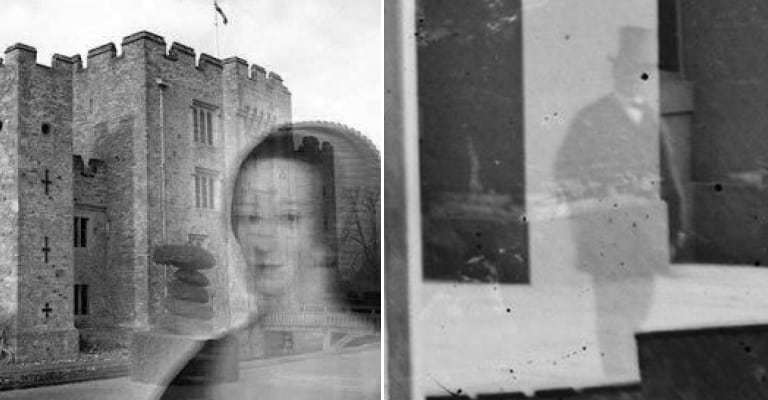Ghosts are dying out. Recent surveys reveal that only a third of American and British people still believe in them. These figures mark a steady drop from the early 20th century, when spiritualism was en vogue, and it is theorised that century’s numerous horrific events and the mandatory presence of science in school curriculums have made people less credulous. And yet, the cultures of both sides of the Atlantic are replete with ghostly phenomena, from films such as The Haunting in Connecticut and the Conjuring-franchise to TV series such as Ghost Hunters which churn up dubious evidence for the supernatural.
Beyond the statistics we can see a form of ghost-agnosticism: a desire to find out the truth, or just to enjoy the phenomenon vicariously as if it were real. For anthropologists and folklorists, ghosts are real in the sense that people believe, and have long-believed, them to exist. Much can be learned about a group of people through their beliefs and traditions, and we can extend this here to the alleged-ghosts of history’s most famous characters. Historical ghosts reveal how these figures are received and interpreted outside of the official record: read on for 10 examples and their accompanying lore.

Henry VIII
‘The fat king with all the wives’ (1491-1547), as he is popularly remembered, started his reign as a talented and vigorous young man who excelled in learning, sport, and music. His love of food, however, led to him reaching a great size (his waist size was at least 60 inches, based on the last suit of armour he had tailored), developing gout and an accompanying foul temper. He is also famous for divorcing England from the Catholic Church, assembling a party of theologians and intellectuals to create a new English church derived from the writings of Martin Luther.
It comes as no surprise that a historical heavyweight (no pun intended) such as Henry looms so large (Ibid.) in English ghost lore. Hampton Court Palace, Greater London, was one of Henry’s favourite palaces, conveniently located for the capital and offering good sport at the nearby hunting parks of Richmond and Nonsuch. His phantom has been spotted on numerous occasions. He is seen swanning around his former home, usually in the elaborate garments made famous by Holbein’s portraits. There are even a few grainy photographs and videos of the king on the internet, predictably wheeled out each Halloween.
Henry is also said to haunt Windsor Castle, where his ghost is infinitely more intriguing. Visitors to the castle have heard him pacing the corridors, moaning and groaning at great volume, and those lucky enough to have seen him describe ‘a large, anxious, angry man pacing furiously and shouting loudly’. More mysteriously, Henry is said to haunt the Tudor manor of Samlesbury Hall in Lancashire, and has even been photographed, despite there being no record of his having visited the hall whilst alive. Capitalising on the legend, the Hall even employed a Henry-lookalike as a tour guide until 2009.
These apparitions of Henry reveal much about his reception as a historical figure. He is never the outstanding young king who patronised the arts and jousted but always the grossly-fat and cruel tyrant of later years. His Windsor ghost’s groaning is probably a reference to his gout, a condition caused by overindulgence in food and drink which makes walking agonisingly painful. His ghostly pacing is probably a reference to his marital frustration: his penchant for divorce came from his burning desire to have a male heir, and the only wife who gave him one, Jane Seymour, died of postnatal complications.
As regards his unexpected appearance at Samlesbury Hall, this can be linked to the decapitation of a Catholic priest that took place there during Henry’s Reformation of the English church. Perhaps this shows the king’s shame at the mass-slaughter he perpetrated. Several phantoms around the country are also linked to Henry and the Reformation, such as a ghostly monk at Glastonbury Abbey. There is also something to be said about his appearances at exclusively extant Tudor places: perhaps people are taken in by the historical atmosphere of such places, and cannot manage such feats of imagination out of the context.

